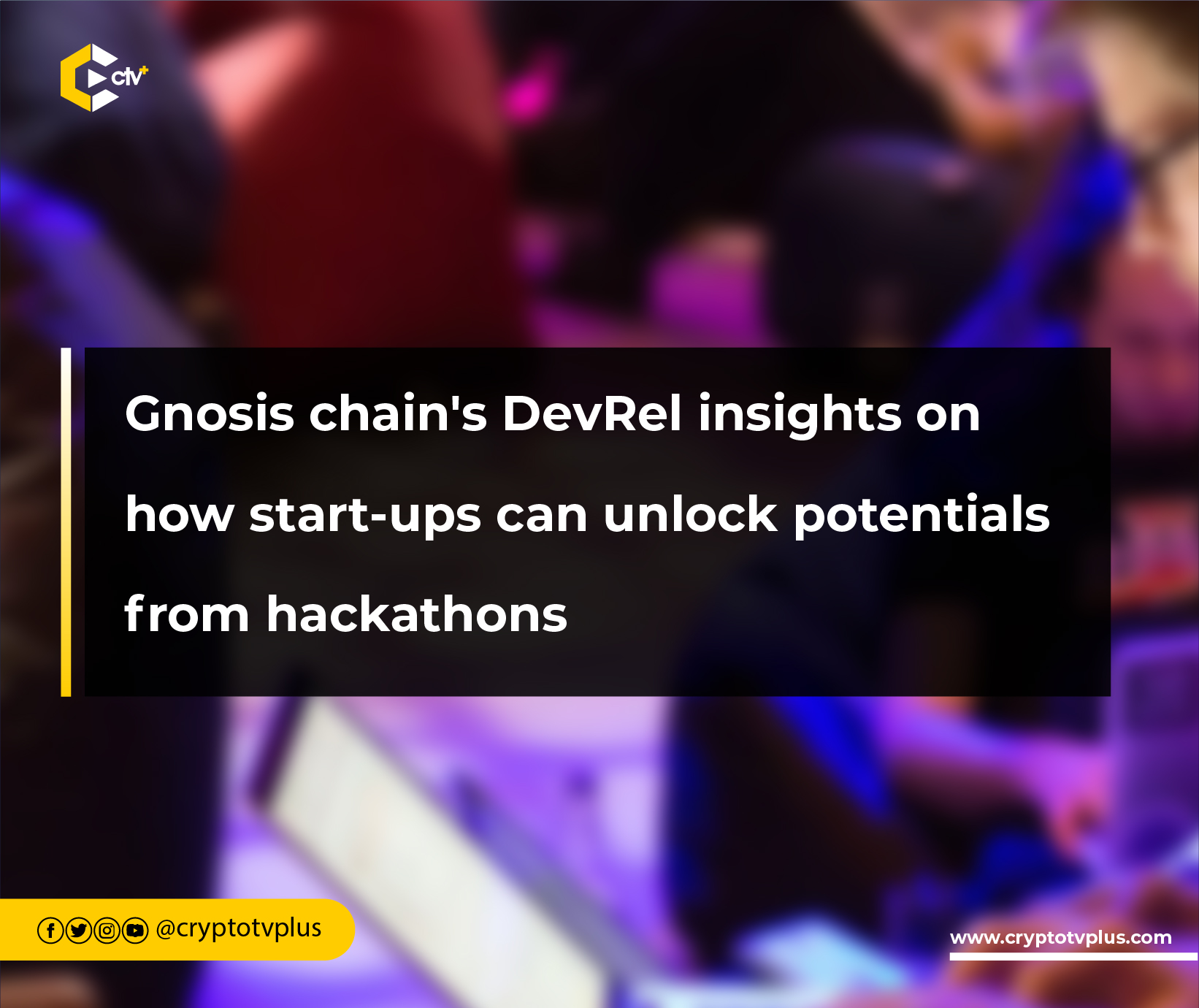FEATURED
Gnosis chain’s DevRel insights on how start-ups can unlock potentials from hackathons

Arseni Pechenkin, Developer Relations at Gnosis Chain, recently held a workshop titled “From Hack to Startup,” explaining how Web3 teams can have a successful journey.
Arseni, who boasts the experience of being a founder of two startups, shared insights on the process, the importance of hackathons, and how to effectively transform your hackathon idea into a thriving business.
Speaking about the importance and goal of hackathons for startups, he noted that many seek to achieve specific accomplishments for their portfolios.
He added that whether it’s adding a notable project to their CV, establishing a reputation, earning bounties, or preparing for future investment opportunities, hackathons offer an array of benefits.
These benefits are pursued based on the outlined goals of the team that participates in hackathons.
The developer relations said that one of the key insights on what start-up teams should do at hackathons is to build a network with as many as they can.
While hackathons may not directly result in job offers, the connections made at such gatherings can lead to future opportunities, especially in the tech industry.
Additionally, hackathons serve as valuable platforms to learn about new technologies, providing workshops and insights from experts.
How to prepare for a hackathon
To maximize your chances of success at a hackathon, Arseni recommends careful preparation. He discussed the importance of organizing your ideas effectively, drawing from a standard model similar to Y Combinator’s one-pager.
This concise document includes key components such as defining the problem, explaining the solution, assessing the market size, describing the revenue model, considering traction, identifying your team, analyzing competitors, and outlining the financing needed.
Arseni specifically noted the significance of creating a compelling one-liner for projects being presented. This concise statement should encapsulate the problem, solution, and expected results.
A well-crafted one-liner can serve as a powerful tool to attract attention and generate interest in your idea.
The next step involves identifying the problem your project aims to solve. Arseni categorizes problems into four main types: financial, productivity, process, and support.
Understanding the specific problem you’re addressing is crucial to building a successful project.
He said that when start-ups are describing their product, it’s essential to focus on their customers and how the solution benefits them. Avoid using technical jargon and instead, clearly convey the value your product or service provides.
Equally important is detailing the revenue model to demonstrate how your project can generate income.
Market size, user base, and team cohesiveness
Another essential aspect he mentioned is analyzing market size. Arseni pointed out that the significance of assessing the total addressable market, serviceable addressable market, and obtainable market cannot be overlooked.
Understanding the size of the potential market is key to developing a successful business model and attracting investors.
He also stated that attracting potential customers or users, demonstrating their interest, and generating a loyal user base is crucial for the success of any project.
Breaking this down, he said that the different forms of attraction are indices such as daily active wallets, daily active users, and turnover, which indicate the health and potential of your project.
Furthermore, Arseni advised forming a team with individuals who have worked together previously, possess expertise relevant to the project, and ideally have experience with successful startups.
Team members should be prepared to show dedication and passion for the project.
Understanding competitors, and planning financing
Two other factors he noted are competitor analysis and financial planning. Competitor analysis is vital for standing out in the market. Arseni explained the importance of identifying both direct and indirect competitors.
He encouraged startups to showcase what sets them apart from their competition, emphasizing any advantages they may have.
Arseni also added that the absence of competitors can be a sign that there might not be a market for the product, so founders should carefully consider their business model.
The final aspect of the preparation process is determining your financing needs. Entrepreneurs should be transparent about how much funding they require and, more importantly, how they plan to allocate that capital.
A well-thought-out financial plan connected to a roadmap can instill confidence in potential investors.
Finally, he said that throughout this journey, the ability to learn and adapt quickly is essential.
Start-ups should be agile, especially when dealing with investor feedback as well as being ready to pivot their business model or idea.
Read also; Exploring the future of MEV: Flashbots’ game-changing applications

























1 Comment